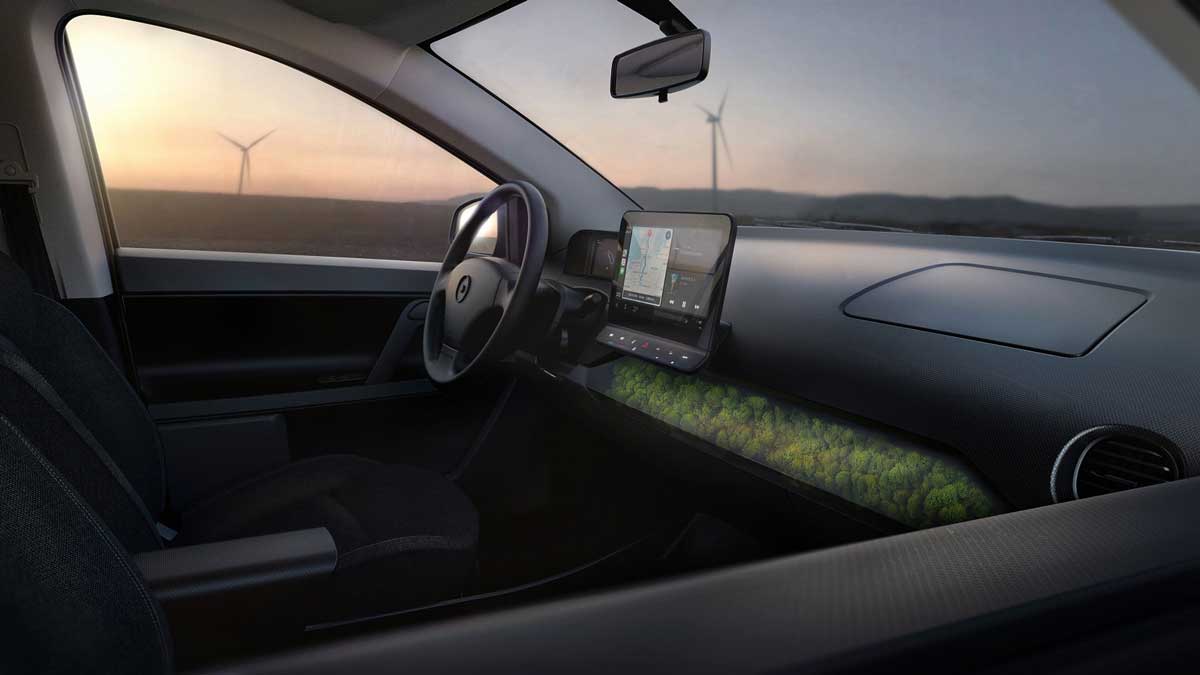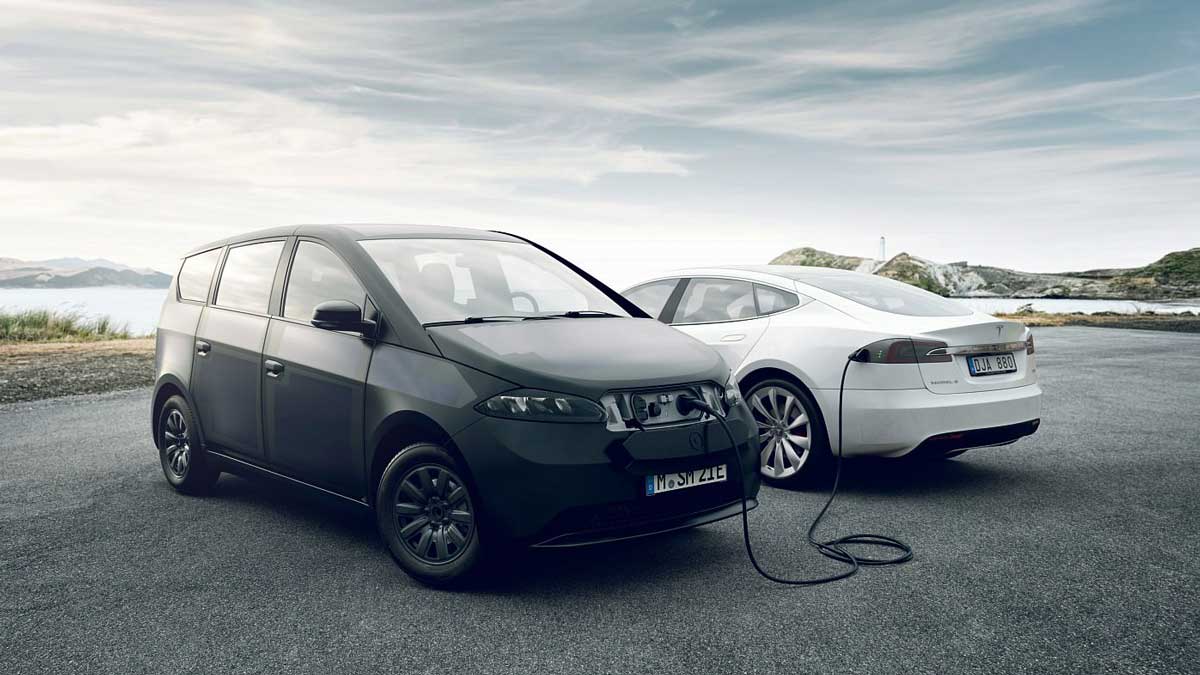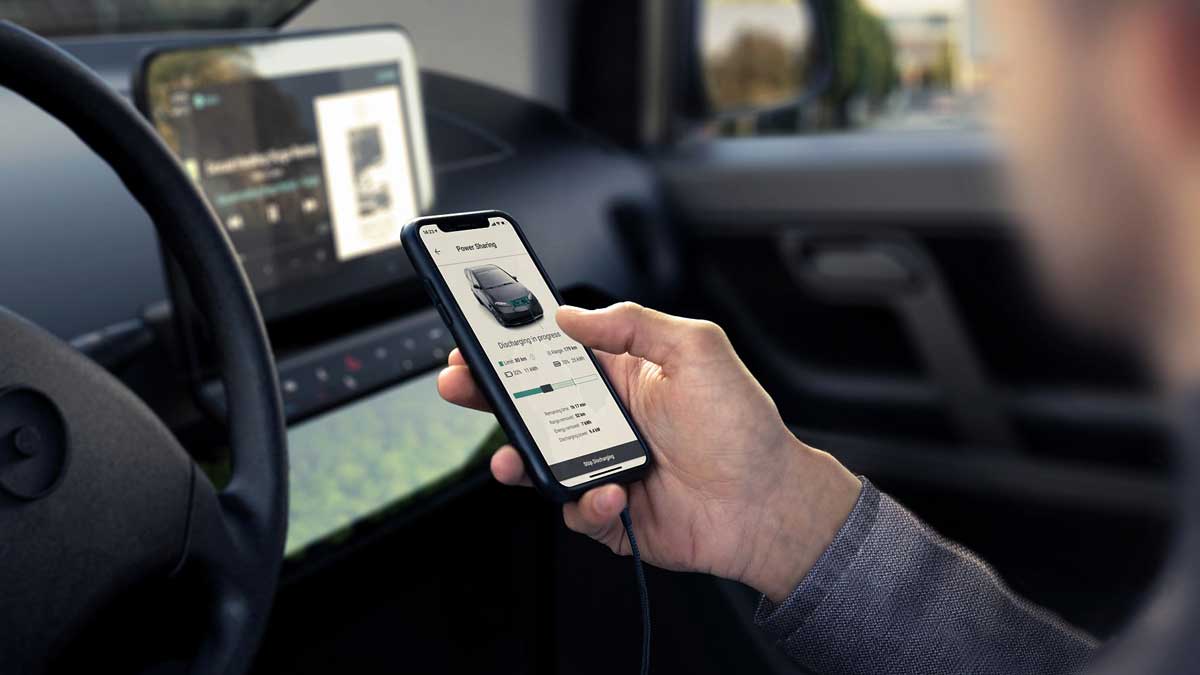German start-up Sono Motors has unveiled its Sion solar car via now-online technology expo CES2021 on Wednesday (Australia time), billing it as a solar car “you can really afford”.
The Sion will be priced from €21,429 (ex-VAT) according to Sono Motors chief operating operator Thomas Hausch who introduced the Sion via a live stream event on Wednesday.
This equates to $33,692 in Australian dollars – cheaper than any all-electric car currently on the Australian market, even the MG ZS EV which was introduced in late 2020 from $40,990 before on-roads.
And it’s far cheaper even than the VW ID.3 all-electric hatch, which costs around €35,500 ($A55,812 converted) in Europe.
Granted, if and when the Sion solar car comes to Australia it will also attract GST, import and shipping costs (we note that it is possible to pre-order from Australia, albeit in euros).
While the Sion is billed as an affordable solar car, to be fair, there are not exactly any other solar cars yet on the market. However, the only other serious contender we are aware of is the incredibly sleek Lightyear One made by eponymous Dutch start-up Lightyear.
The Lightyear One touts itself as a highly aerodynamic, long-range solar vehicle that can drive for months without charging (although where you drive it may have an impact on if this can actually be achieved).
The Sion is by contrast your typical family-friendly people mover – only instead of being covered in paint, it is covered in solar cells.

With a 120kW motor, it should also have plenty of oomph, offering 270Nm torque and a maximum speed of 140km/hr.
Hausch notes that in addition to the low purchase price, the Sion offers drivers the opportunity to not only save on fuel costs but also electricity costs.
“Here we also have one of the lowest total cost of ownership in the segment. We achieve by getting free solar…imagine being able to own and operate this vehicle for five years and save thousands of dollars in fuel costs,” he said.
Sono Motors also highlights how it ends to address the second hurdle to adoption: the convenience factor.
Noting widespread concern about access to charging capabilities Sono Motors says that thanks to the 248 polymer solar panels embedded in the car’s exterior.
“The integrated solar technology charges up to 21 miles (33.8km) from solar energy alone,” he says.
For a typical commute profile, Sono Motors says this means the vehicle will need to spend a quarter of the time charging that a typical EV requires.
And although it cannot charge at night, it can still be driven in dark thanks to the 35kWh liquid-cooled battery that can offer up to 255km driving range even when the sun is not shining.
In addition to offering the ability to charge while you drive, Sono Motors is making it possible to share both the vehicle and the power from it.

“You can even make a buck or two when you start sharing and thinking about other people when you share a ride or share power,” said Hausch.
It does this via the accompanying Sono app which allows drivers to grant access to others to drive the vehicle, even if away on vacation.
The app also shows the vehicle location, battery status, charging progress of solar panels, and allows keyless entry.

It can also allow a Sion owner to share power stored in the battery, either to the grid or say, as a power source when camping.
Hausch also outlined how Sono Motors plans to achieve its low price, saving on manufacturing and distribution costs.
Because of the solar cells, it is only available in black – but this also means paint shop costs are out of the picture.
Also, Sono Motors is cutting production costs by utilising existing production capacity by partnering with Swedish carmaker NEVS, which ticks its boxes for high-quality production, 100% renewable energy, and high staff standards.
Another 15% worth of distribution costs are also saved by Sono Motors because it will only sell online. If you want to test drive it, Hausch suggests you either attend a trade show or find someone who is offering theirs for ride-share.
Full specifications as listed by Sono Motors on its website are:
Battery: 35kWh
Drivetrain: 120kW Motor
Trunk Volume: 650 l
Charging:
CCS: 30 min
Type 2: 3.5 hrs
SchuKo: 13 hrs
Range: 255 kilometres according to WLTP standard
Solar Range: Up to 35km/day
Torque: 270Nm
Max. Speed: 140km/hr
Tow Bar: 750kg

Bridie Schmidt is associate editor for The Driven, sister site of Renew Economy. She has been writing about electric vehicles since 2018, and has a keen interest in the role that zero-emissions transport has to play in sustainability. She has participated in podcasts such as Download This Show with Marc Fennell and Shirtloads of Science with Karl Kruszelnicki and is co-organiser of the Northern Rivers Electric Vehicle Forum. Bridie also owns a Tesla Model Y and has it available for hire on evee.com.au.


